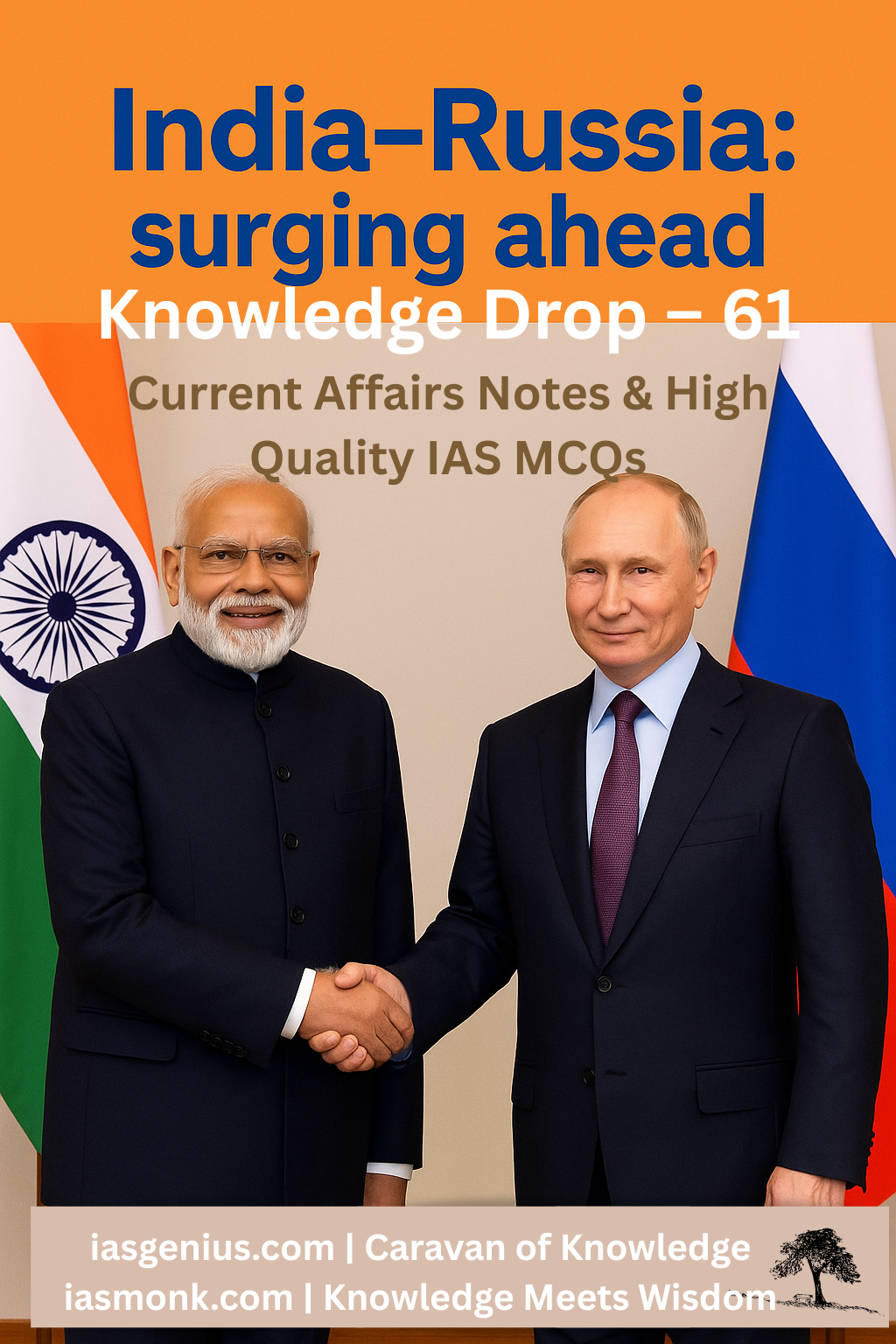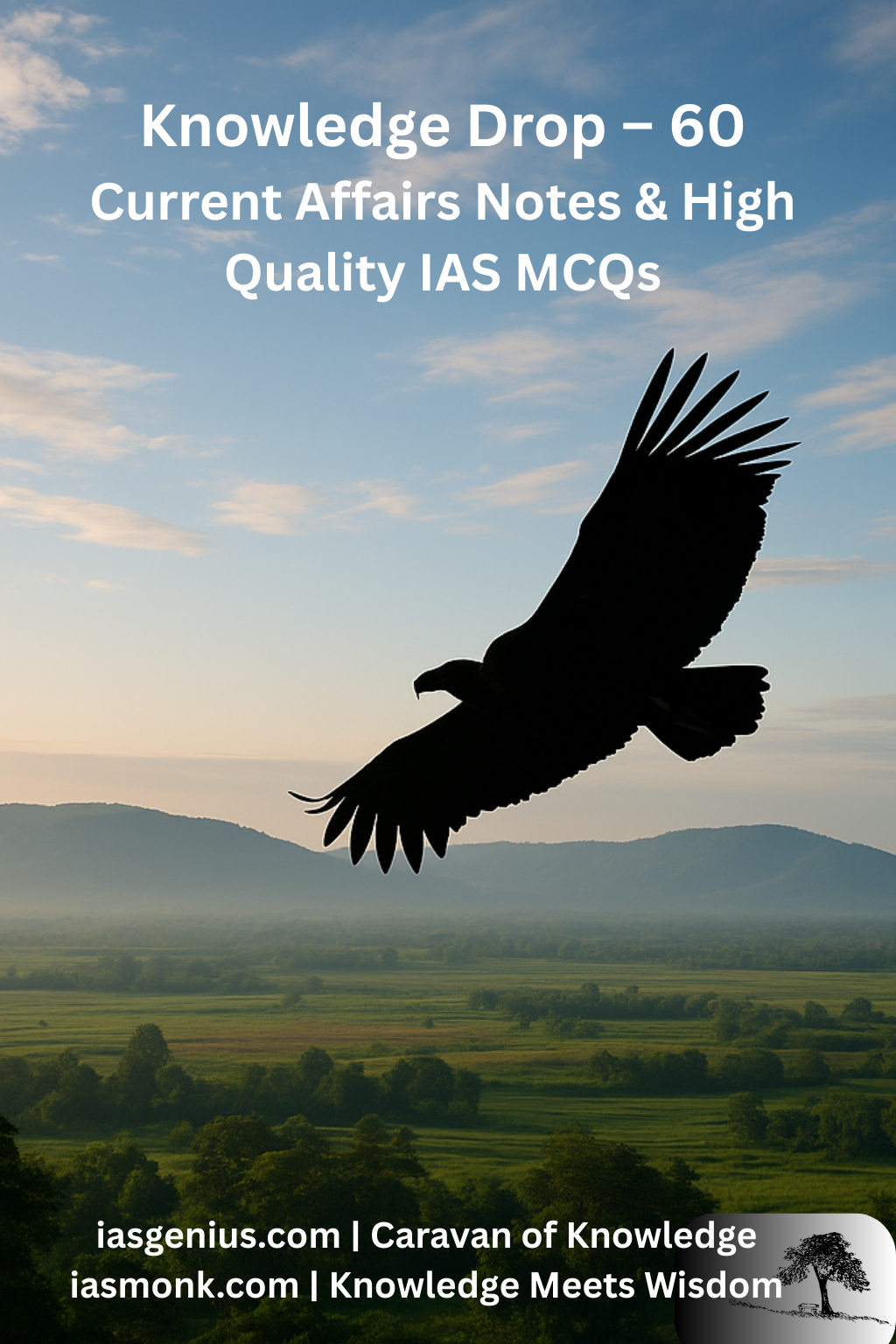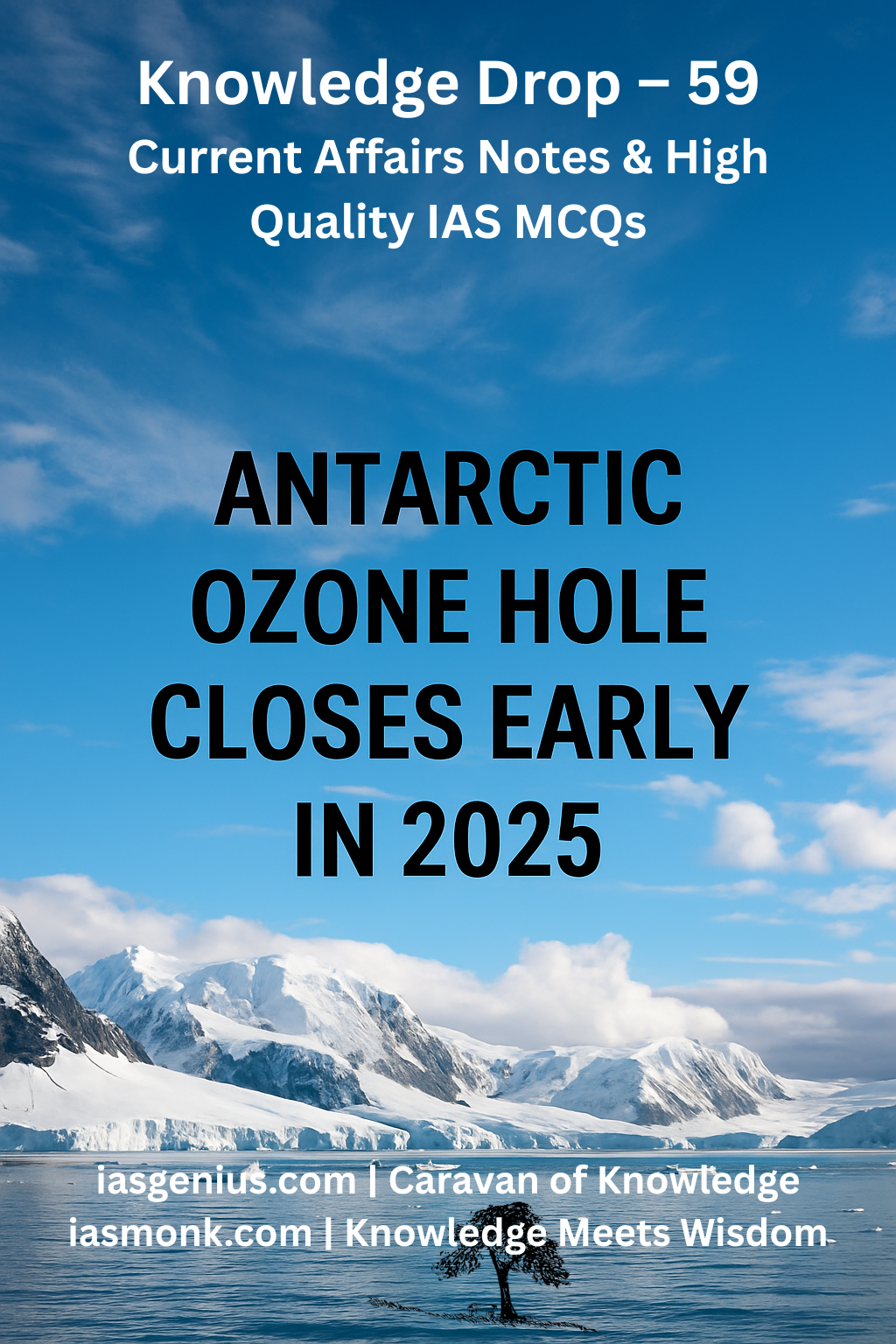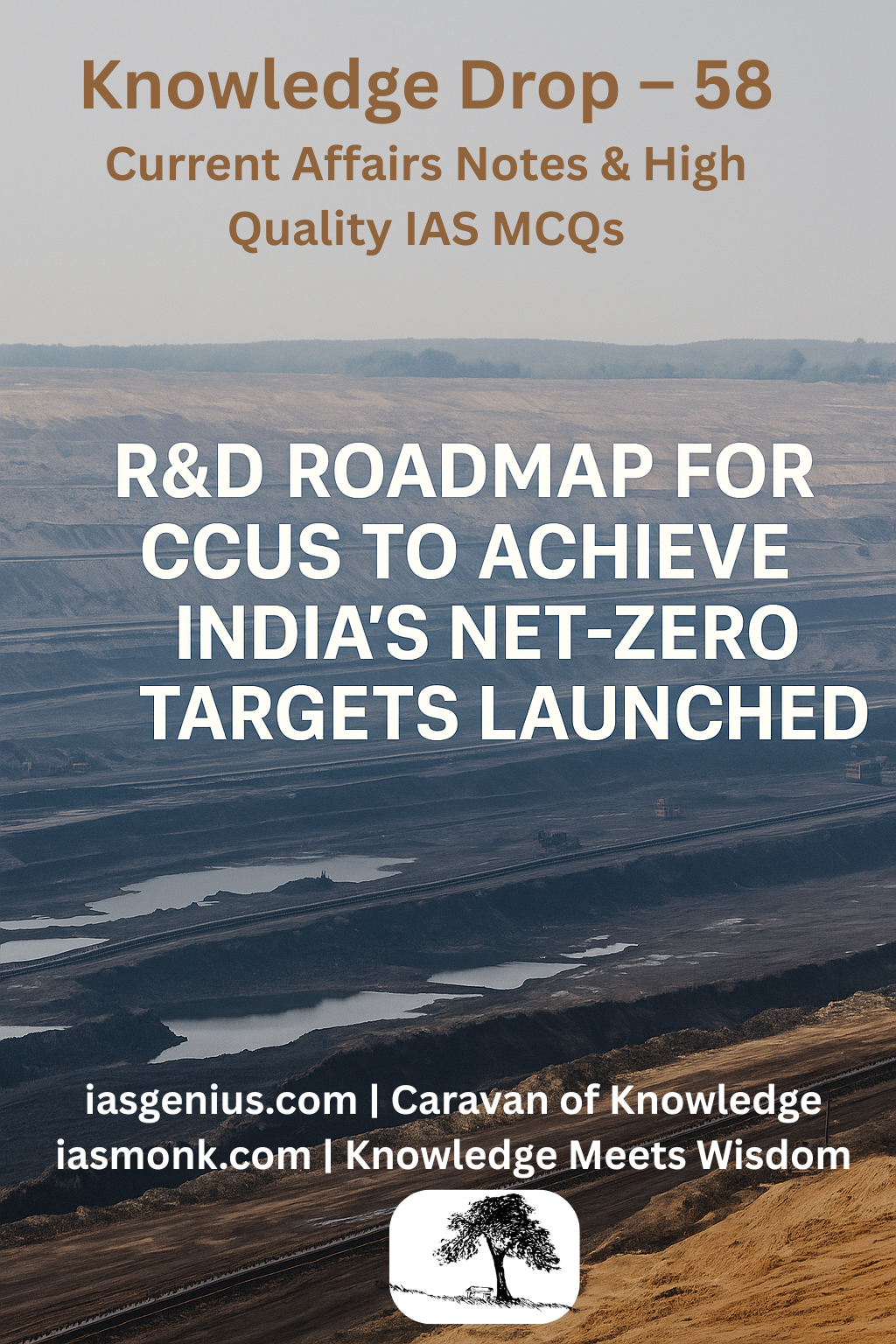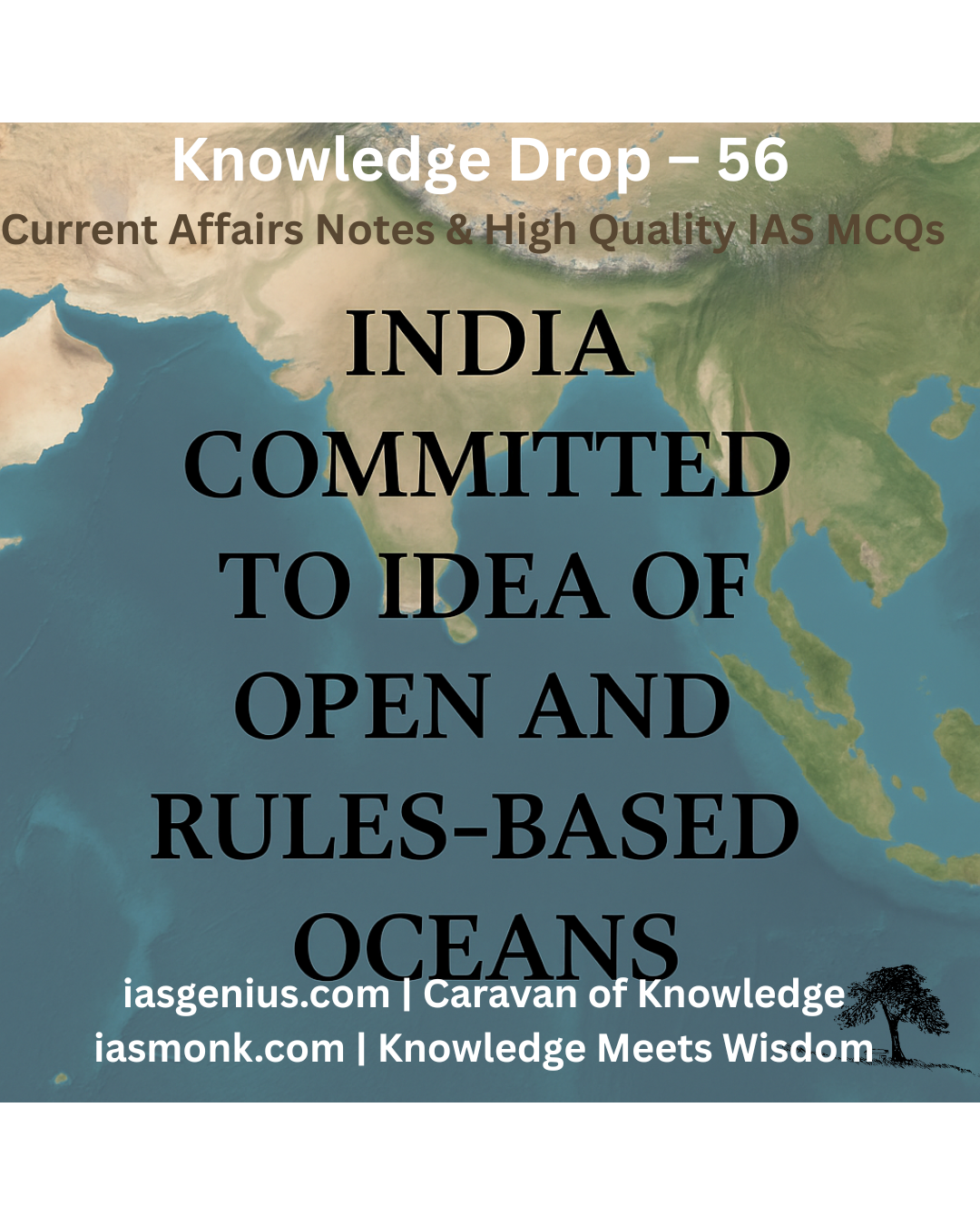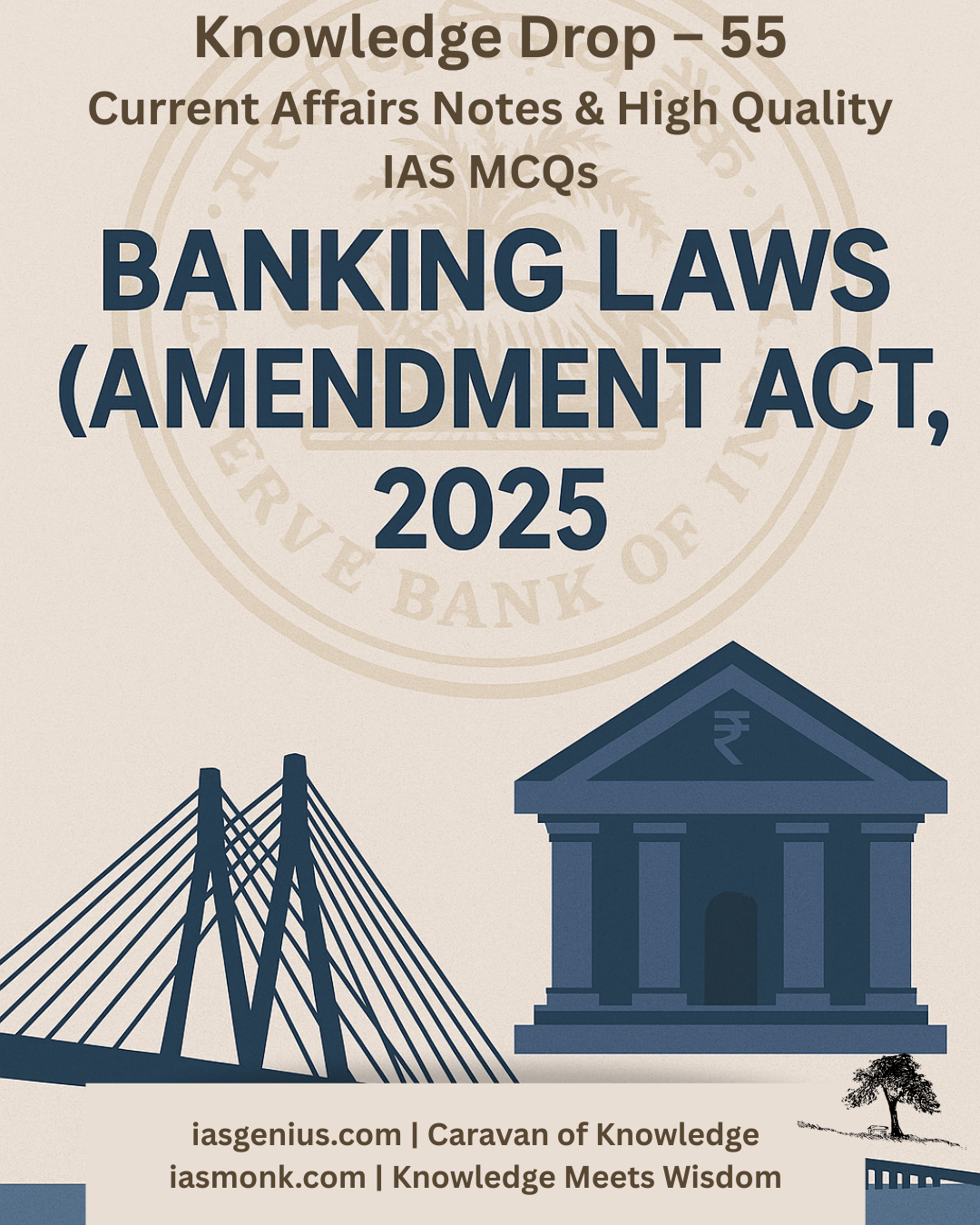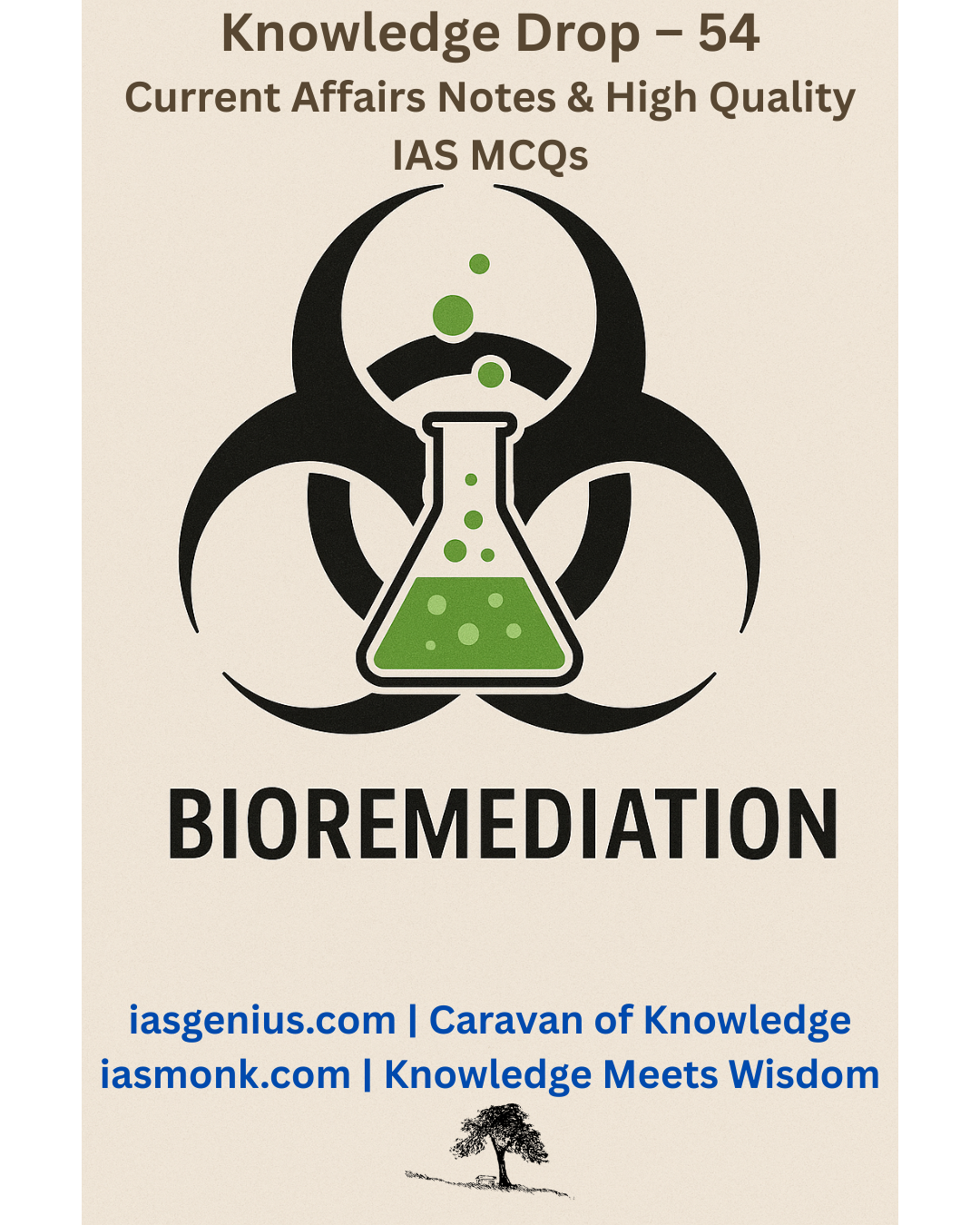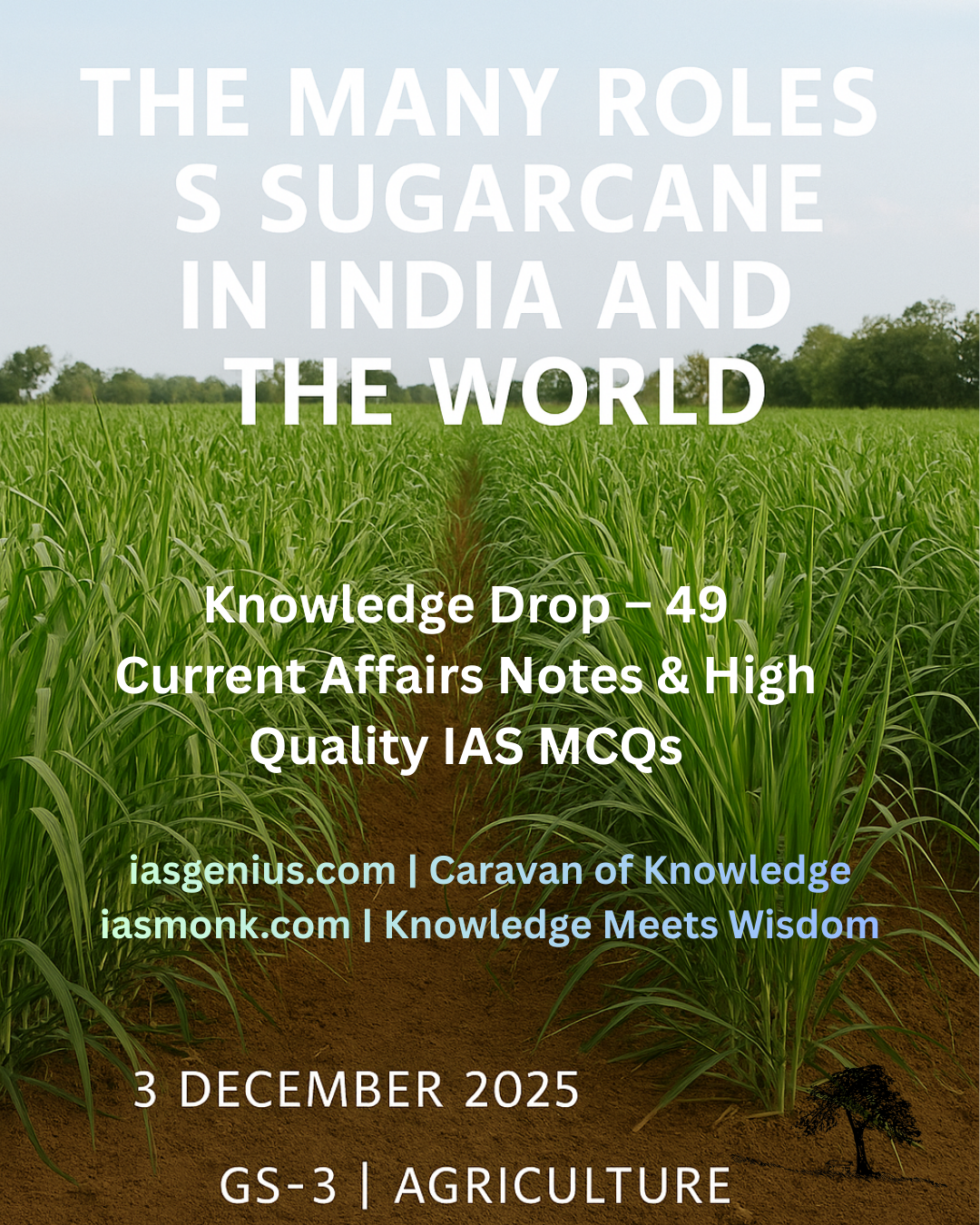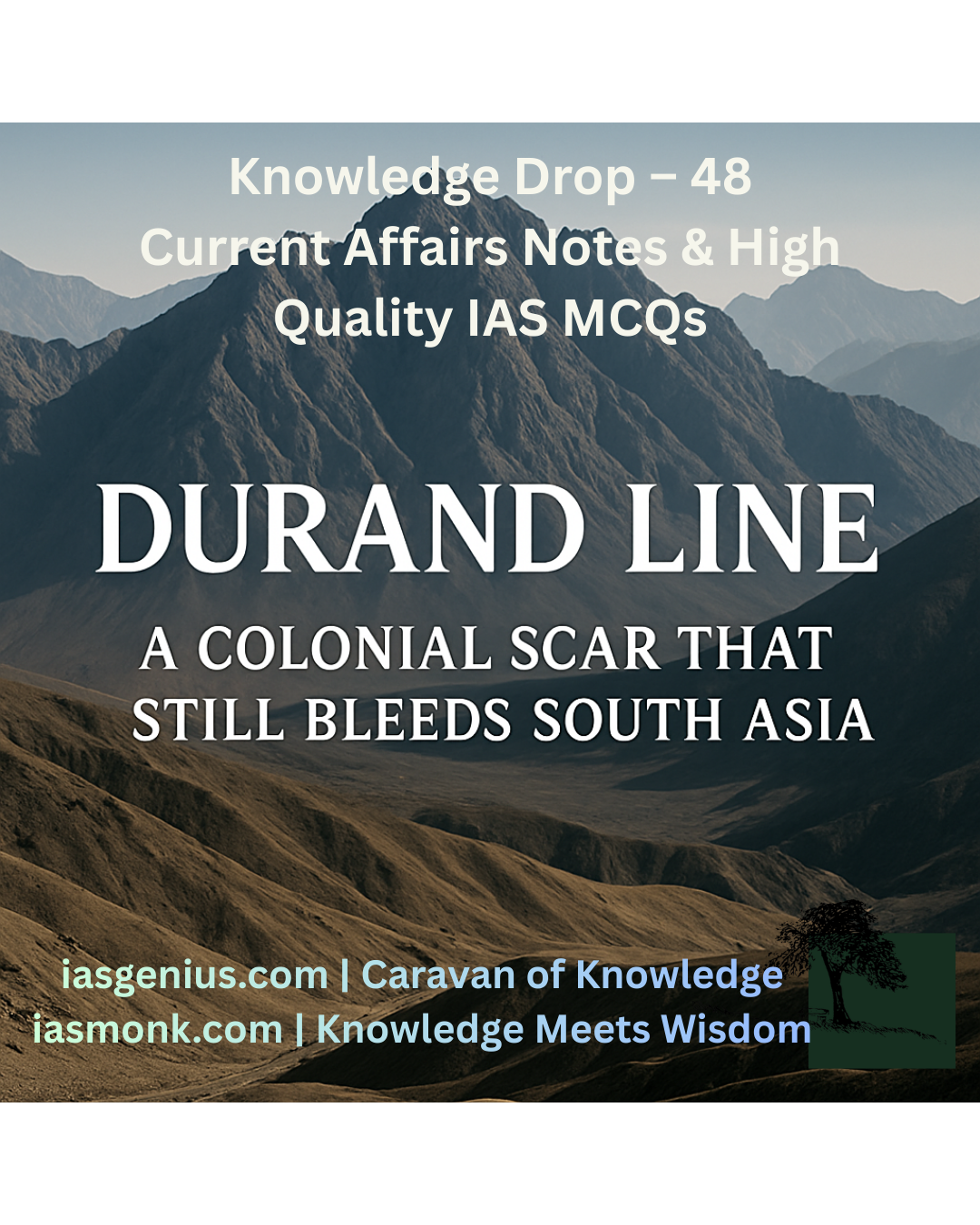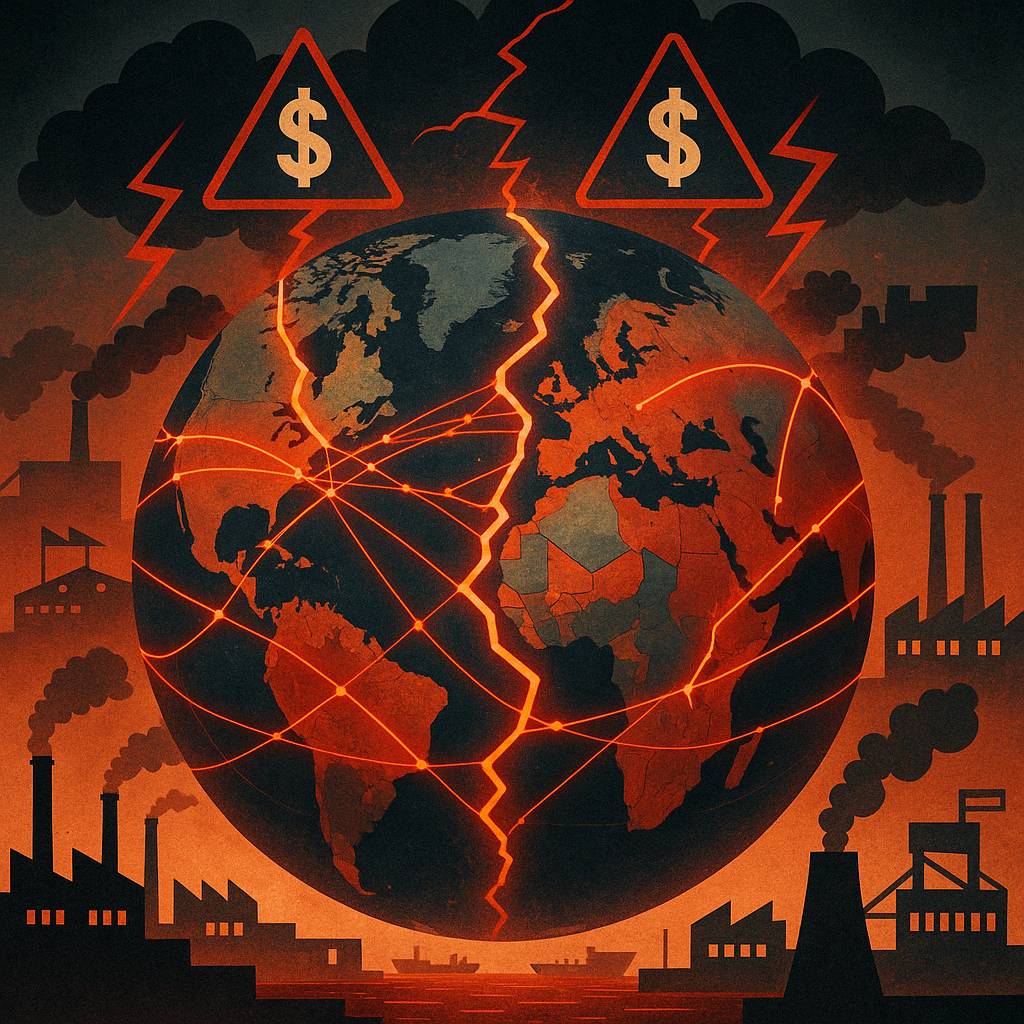
🧭June 24, 2025 Post 2: 🌀India’s Leap into Entangled Horizons | High Quality Mains Essay: India’s Quantum Leap: From Planck’s Constant to Entangled Horizons | For IAS-2026 :Prelims MCQs
India’s Leap into Entangled Horizons

NATIONAL HERO — PETAL 002
Post Date : June 24, 2025
Syllabus: GS Paper 3 – Science & Technology
🌀 Thematic Focus:
Quantum Communication | DRDO Innovation | National Quantum Mission
🌿 Opening Whisper:
In the silence between two photons, a whole revolution pulses with light.
🔍 Key Highlights:
- Breakthrough: India successfully demonstrated entanglement-based Free-Space Quantum Key Distribution (QKD) over 1 km.
- Secure Key Rate: 240 bits per second; Quantum Bit Error Rate: below 7%.
- Led By: DRDO–Industry–Academia Centre of Excellence (DIA-CoE), IIT Delhi.
- Significance: Offers ultra-secure, satellite-friendly, cable-free communication — crucial for defence, banking, and strategic sectors.
- Edge: Disturbing entangled photons reveals eavesdropping — making it virtually hack-proof.
🧭 Concept Explainer:
What is Quantum Entanglement Communication?
- Two entangled photons share a mysterious connection — measuring one instantly reveals the state of the other, regardless of distance.
- In Quantum Key Distribution (QKD), this property is used to generate shared encryption keys.
- Even if someone tries to intercept, the very act of observation disturbs the entanglement — alerting the sender and receiver.
- Free-space QKD allows communication through air or space without cables, enabling long-distance quantum networks (including satellite-based systems).
🗺 GS Paper Mapping:
- GS-3: Science and Technology – Recent Developments in Quantum Tech
- GS-3: Indigenization of Technology – DRDO-led innovations
- GS-3: Security – Strategic communication and data integrity
🌠 A Thought Spark — by IAS Monk
When light travels not by speed but by entanglement, security is no longer built on walls — but on wonder.
High Quality Mains Essay For Practice :
Word Limit 1000-1200
✨ India’s Quantum Leap: From Planck’s Constant to Entangled Horizons
It was in 1900 when Max Planck, trying to solve the riddle of blackbody radiation, stumbled upon something that would forever change our understanding of the universe — the quantum. His introduction of the idea that energy is quantized marked the birth of quantum mechanics, a field so bizarre yet precise, that it continues to fuel revolutions 125 years later.
From Schrödinger’s wave equations to Einstein’s photoelectric effect and Heisenberg’s uncertainty principle, quantum physics grew to redefine reality at its most fundamental level. But now, as the second quantum revolution dawns upon us — one driven not by theory but by technology — India has found herself stepping boldly into this entangled cosmos.
🌐 The New Age of Communication: Quantum Entanglement
In June 2025, India’s scientific ecosystem reached a historic milestone. The DRDO-Industry-Academia Centre of Excellence (DIA-CoE) at IIT Delhi demonstrated a successful free-space Quantum Key Distribution (QKD) system using quantum entanglement. Two photons, born from the same quantum source, were linked in such a way that measuring one instantly revealed the state of the other — even when separated by over a kilometre.
This wasn’t mere experimentation; it was a declaration. India is not content with being a latecomer in the quantum race — it intends to be a front-runner.
The 1-km testbed may seem small in a country that spans thousands of kilometres, but it marks the beginning of secure, satellite-based quantum communication. Unlike traditional encryption — which can be hacked with brute force or quantum computers in the future — QKD offers unbreakable security, where even the mere act of eavesdropping disturbs the quantum state and gets detected.
🏛️ The Legacy and the Leap
This achievement is not accidental. It is the result of India’s National Quantum Mission (NQM), launched in 2023 to position India as a global hub in quantum technologies. The mission focuses on four verticals: Quantum Computing, Quantum Communication, Quantum Sensing, and Quantum Materials.
But India’s ambitions go even further. In 2024, the government announced the Quantum Valley Project in Hyderabad, envisioning it as an ecosystem akin to Silicon Valley, dedicated to developing quantum technologies. This valley will house R&D labs, quantum startups, incubation centres, and fabrication units to build indigenous quantum chips and photonic processors.
The seed planted by Planck in 1900 has blossomed into a sprawling tree — and India now seeks to carve its branch in the canopy.
🌌 From Theoretical Physics to Tactical Security
Quantum communication is not merely academic curiosity; it is a national imperative.
In a world where cyber warfare, data espionage, and AI surveillance are becoming the norm, securing information has become as vital as securing borders. India’s geopolitical realities — with hostile neighbours and rising cyber threats — necessitate a communication infrastructure that is unbreachable, adaptive, and future-ready.
Quantum entanglement and QKD can shield military networks, defence command centres, and strategic agencies from any intrusion. The Defence Research and Development Organisation (DRDO) understands this well — and it’s no coincidence that the QKD breakthrough came through a DRDO-IIT partnership.
India’s banking, telecom, and election systems, too, can benefit immensely. Free-space QKD eliminates the need for laying optical fibre across rough terrains, reducing costs while increasing reach.
🌍 Catching Up With Global Leaders
Globally, the race is fierce. China demonstrated satellite-based quantum communication in 2017, connecting Beijing and Shanghai via a 4,600 km quantum network. Europe, the US, and Canada have achieved free-space QKD over 100 km since 2005.
India started late — its quantum communications journey began seriously only in the early 2020s. But what it lacks in head start, it makes up for in agility. The National Quantum Mission’s ₹6,000 crore investment, collaboration with IITs, ISRO, and start-ups, and the building of centres like the Hyderabad Quantum Valley reflect a concentrated push to close the gap.
Yet challenges remain. Quantum hardware — such as single-photon detectors, entangled photon sources, and quantum memories — is still being imported. Atmospheric interference, especially in humid or dusty regions, can corrupt free-space QKD. And most importantly, India needs thousands of trained quantum engineers, which cannot be built overnight.
🔍 The Science Behind the Magic
At the heart of this revolution is a deceptively simple idea: entanglement.
When two quantum particles interact in such a way that the state of one cannot be described without the other, they are entangled. This means that a change in one instantly affects the other, even across vast distances — something Einstein famously dismissed as “spooky action at a distance.”
But this spookiness is now being harnessed to distribute cryptographic keys — the secret strings that encrypt and decrypt information — across long distances.
In entanglement-based QKD, even if a hacker intercepts a key, the disturbance it creates reveals its presence. The sender and receiver simply discard the compromised key and try again. Thus, secrecy is woven into the fabric of physics itself.
🧩 Why It Matters Now: Strategic, Scientific, Sovereign
India’s embrace of quantum communication isn’t just a technical feat — it’s a strategic signal.
As global supply chains decouple and digital infrastructures become sites of geopolitical contest, quantum sovereignty becomes essential. The nation that builds and controls its own quantum infrastructure will not just control its own security — it will control the trust of its citizens and allies.
Furthermore, India’s growing startup ecosystem, especially in Bengaluru and Hyderabad, is ripe for quantum disruption. Quantum AI, quantum fintech, and quantum cybersecurity could spawn entire industries, powered by entangled photons and ambitious minds.
At a time when AI models grow ever larger, quantum computing and communication offer a natural frontier — where classical limits are transcended.
🛣 The Road Ahead: Entangled with Purpose
India’s vision is ambitious — to build a national quantum network, launch satellite-based QKD systems, and establish India as a quantum manufacturing powerhouse by 2035.
To get there, a few steps are critical:
- Indigenisation of Quantum Hardware: From single-photon sources to quantum chips.
- Skilled Manpower Pipeline: Through special MSc-PhD programs and quantum education in IITs and IISc.
- International Collaboration: While maintaining strategic autonomy, partnerships with quantum leaders like the EU, Israel, and Japan can accelerate development.
- Policy Frameworks: A dedicated National Quantum Council, IP regimes, and startup incentives can bring structure to this rapidly evolving field.
🌌 Conclusion: Entangling with the Future
The journey from Planck’s constant to quantum entanglement has spanned 125 years — a century of mind-bending discoveries and transformative insights. Now, India, once a knowledge civilization famed for its metaphysics, is tapping into the metaphysical depths of matter itself.
Quantum communication is not just about faster or safer data. It’s about trust, sovereignty, and imagination. It’s about giving the next generation of Indians a scientific and strategic edge, built not merely on imported tools, but on homegrown excellence.
As photons dance in tangled pairs across the skies of IIT Delhi and beyond, they whisper of a future where information flows not in bits and bytes — but in entangled certainties and impossible connections.
🪷 Closing Whisper
“What we observe is not nature itself, but nature exposed to our method of questioning.” — Werner Heisenberg
Target IAS-26: Daily MCQs :
📌 Prelims Practice MCQs
Topic: India’s Quantum Leap: From Planck’s Constant to Entangled Horizons
MCQ 1 – Type 1: How many of the above statements are correct?
Q. Consider the following statements regarding Quantum Entanglement-based QKD systems:
1. In Quantum Key Distribution (QKD), the use of entangled photons ensures that any eavesdropping attempt is detectable.
2. The success of India’s QKD demonstration at IIT Delhi involved just over 1 km of free-space communication.
3. Quantum Entanglement ensures correlation between entangled particles, but it does not allow faster-than-light data transfer.
4. The secure key rate achieved in India’s free-space QKD demonstration was around 240 bits per second.
How many of the above statements are correct?
A) Only two
B) Only three
C) All four
D) Only one
🌀 Didn’t get it? Click here (▸) for the Correct Answer & Explanation
✅ Correct Answer: C) All four
🧠 Explanation:
•1) ✅ True – QKD leverages quantum entanglement to detect any eavesdropping via state disturbance.
•2) ✅ True – The IIT Delhi test was conducted over a ~1 km free-space link.
•3) ✅ True – Quantum entanglement ensures instant state correlation, but it cannot transmit usable information faster than light.
•4) ✅ True – The reported secure key rate was ~240 bits per second.
MCQ 2 – Type 2: Two Statements Based
Q. Consider the following two statements about India’s quantum communication developments:
1. India’s Quantum Valley project in Hyderabad is focused on developing quantum materials and indigenous quantum processors.
2. China demonstrated satellite-based quantum communication much earlier than India.
Which of the above statements is/are correct?
A) Only 1 is correct
B) Only 2 is correct
C) Both 1 and 2 are correct
D) Neither 1 nor 2 is correct
🌀 Didn’t get it? Click here (▸) for the Correct Answer & Explanation
✅ Correct Answer: C) Both 1 and 2 are correct
🧠 Explanation:
•1) ✅ True – The Quantum Valley project aims to foster hardware development and end-to-end ecosystem for quantum tech.
•2) ✅ True – China has had a head start, with satellite-based QKD and national networks since the 2010s.
MCQ 3 – Type 3: Which of the statements is/are correct?
Q. Which of the following statements correctly explains the advantages of Entanglement-based QKD over traditional QKD systems?
1. It provides security even if the source devices are untrusted or imperfect.
2. It can detect eavesdropping due to the disturbance of the quantum state.
3. It allows instantaneous information transfer without any photon loss.
Select the correct code:
A) 1 and 2 only
B) 2 and 3 only
C) 1 and 3 only
D) All of the above
🌀 Didn’t get it? Click here (▸) for the Correct Answer & Explanation
✅ Correct Answer: A) 1 and 2 only
🧠 Explanation:
•1) ✅ True – One of the key strengths of entanglement-based QKD is that it doesn’t rely on device trustworthiness.
•2) ✅ True – Any attempt to intercept will disturb the entangled state, revealing intrusion.
•3) ❌ False – While entanglement is preserved across distances, photon loss is still a major challenge, especially in free-space links.
MCQ 4 – Type 4: Direct Fact
Q. Which of the following Indian institutes successfully demonstrated free-space quantum entanglement communication in 2025?
A) IISc Bengaluru
B) IIT Madras
C) IIT Delhi (DIA-CoE)
D) BARC Mumbai
🌀 Didn’t get it? Click here (▸) for the Correct Answer & Explanation.
✅ Correct Answer: C) IIT Delhi (DIA-CoE)
🧠 Explanation:
•The DRDO-Industry-Academia Centre of Excellence at IIT Delhi successfully demonstrated the entanglement-based QKD system over a 1 km free-space link.

